Wild Black Raspberries: Growing, Foraging and Cooking
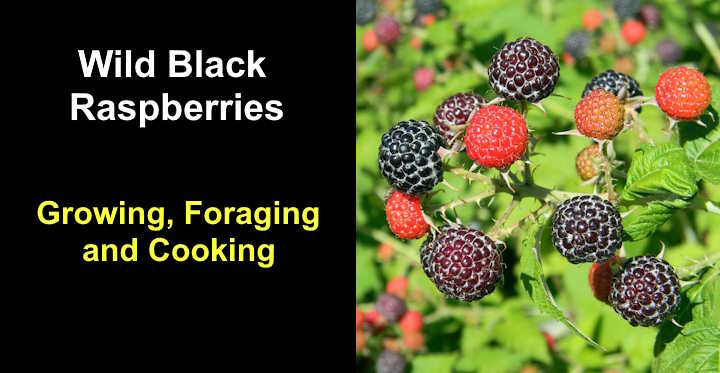
Wild black raspberries are delicious and nutritious fruits you often find in woodlands or along roadsides. The small, black-colored aggregate fruits have a sweet, slightly tart taste and a more robust flavor than red raspberries. Wild black raspberries can be consumed fresh, or used in making pies, jams, juices, or syrups. From their unique flavor to their health benefits, there are many reasons to incorporate wild black raspberries into your diet.
Beech Nuts A to Z: Gathering Tips & Gourmet Uses
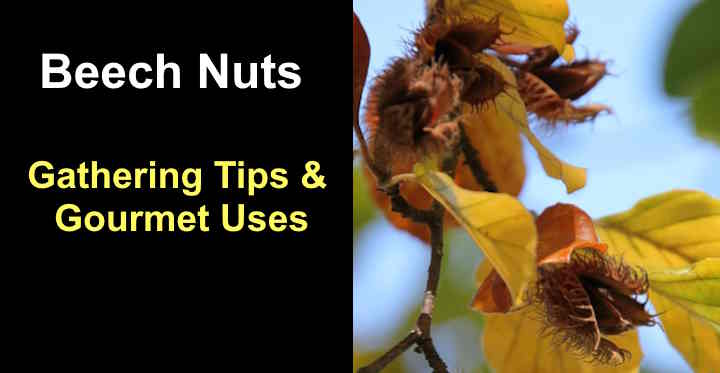
Beech nuts are delicious and versatile nuts found on the forest floors of deciduous forests. They are easy to recognize by their distinctive spiky husks covering two small nuts. Beech nuts are usually ready for gathering in late fall. Although you can eat them raw, they are much tastier when cooked or roasted.
20 Low Light Succulents For Indoor Spaces
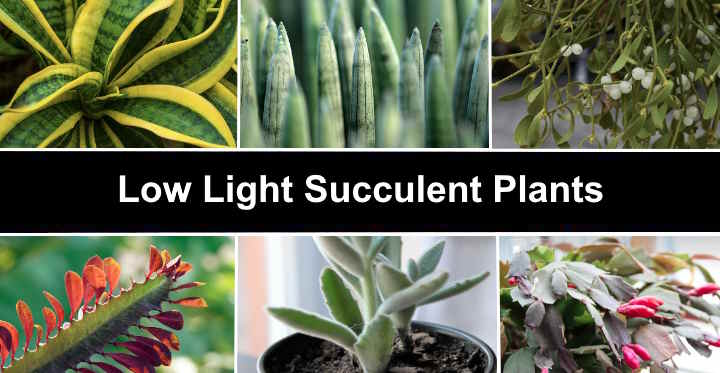
Low-light succulents are ideal indoor plants where rooms have poor lighting conditions. Succulents that grow in partially shaded conditions allow you to add greenery to indoor spaces despite a lack of sunshine or bright light. Shade-tolerant succulents include echeveria, mistletoe cactus, snake plants, and Christmas cactus. Some trailing low-light succulents like Burro’s tail and wax plants are ideal for hanging baskets.
Aloe Vera Flowers: Getting Your Aloe Vera to Flower Indoors and Outdoors

Getting your aloe vera plant to flower can be a tricky process. Aloe vera plants, with their thick, fleshy, evergreen leaves, are popular for their low-maintenance needs. But only a few people have enjoyed flowers on their aloe vera plants. The blooms look like clusters of tubular red, orange, or yellow flowers in a conical spike.
31 Cover Crops For Raised Beds

Planting cover crops for raised beds is a game changer if you grow vegetables or legumes. Cover crops help to enhance soil health, increase biodiversity, loosen soil structure, and sustainably boost crop yields. Also called green manure, planting cover crops on raised beds is helpful for small gardens and urban spaces. Crops like rye, barley, peas, and clover help fix nitrogen, add nutrients, and boost overall soil health.
42 Plants with Shallow Roots That Thrive in Shallow Soil
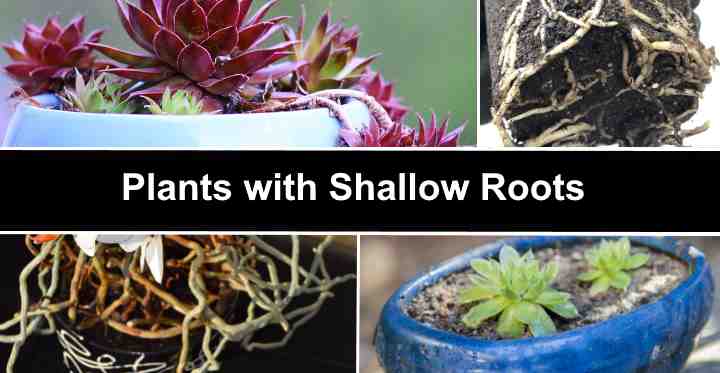
Plants with shallow roots are useful landscaping plants if areas of your garden lack deep soil. Shallow-rooted plants help to prevent soil erosion, suppress weeds, and stabilize the soil on slopes. Additionally, plants with shallow roots are ideal for ground cover, especially if your front or backyard has compacted or shallow soil.
20 Stunning Shrubs With Red Leaves For Landscaping
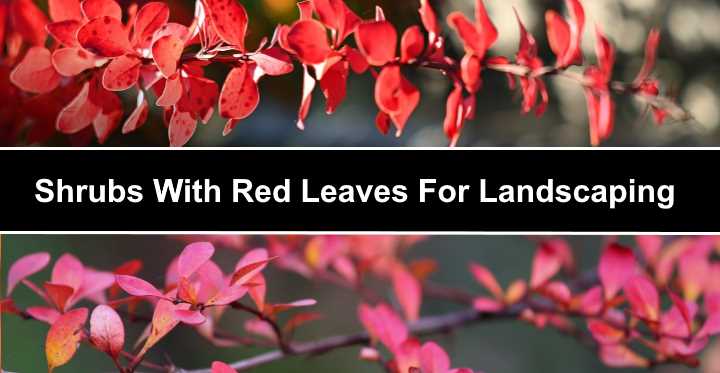
Shrubs with red leaves add dramatic burgundy, scarlet, crimson, and red wine colors to garden landscapes. Incorporating shrubs with red leaves into landscaping projects helps to improve the aesthetics of outdoor spaces. The vibrant red colors of standout shrubs contrast beautifully with bushy green foliage plants.
35 Purple Leaf Plants (Including Plants with Purple and Green Leaves) – With Pictures
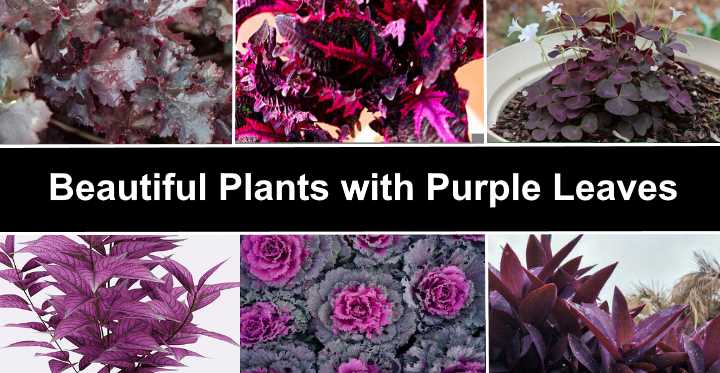
Purple leaf plants are perfect for adding vibrant color to garden landscapes or interior spaces. Purple-leafed plants can be eye-catching shrubs, trailing plants, leafy perennials, purple succulents, and annuals with dark-colored, dramatic foliage. In addition, plants with purple leaves stand out well with brightly colored flowers and add stunning contrast to green-leafed plants.
31 Plants With Heart Shaped Leaves: Visual Identification Guide
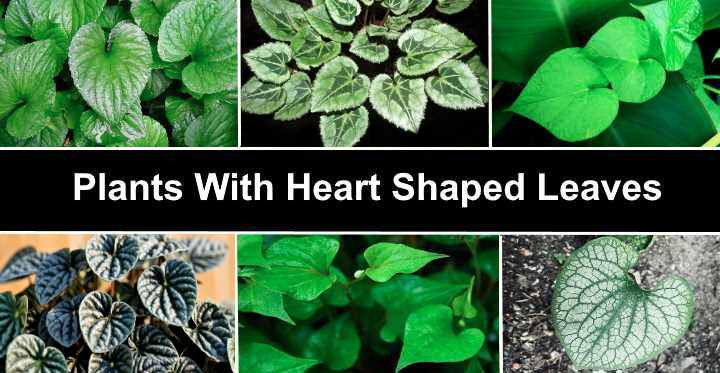
Plants with heart-shaped leaves are some of the most beautiful houseplants and garden plants you can grow. Attractive plants like hoyas, heartleaf philodendron, monstera, and string-of-hearts add a touch of beauty to gardens or indoor spaces. The heart-shaped leaves symbolize love, care, and dedication, adding visual appeal to any plant collection.
74 Types of Cactus With Pictures – Identification Guide (Indoors and Outdoors)

Many types of cactus plants are easy to grow and care for and can make great houseplants. There is a wide variety of cacti to choose from if you want to grow this type of plant. Cacti come in all shapes, sizes, and colors, and some house cacti look stunning when they flower. Lots of different types of cacti also thrive outdoors where the climate is hot and dry. Some cactus species also thrive in tropical climates where they require a warm humid environment.
